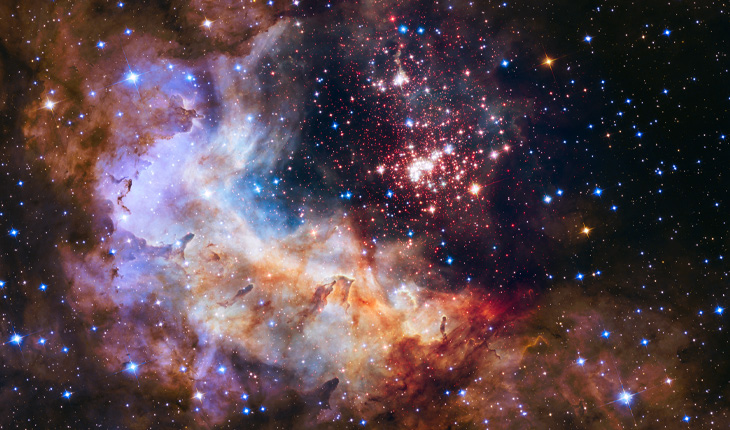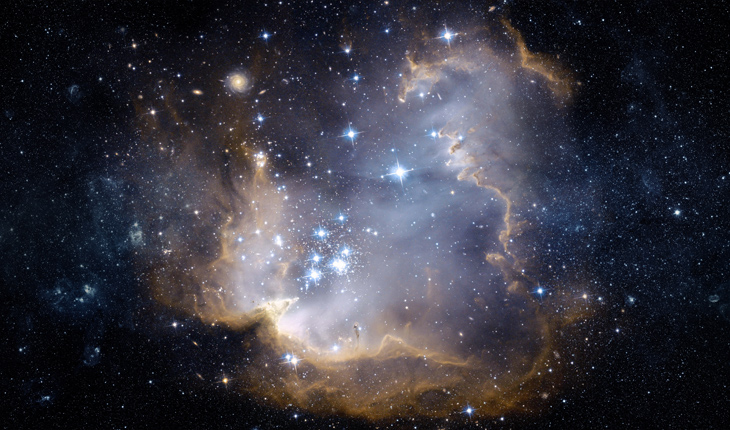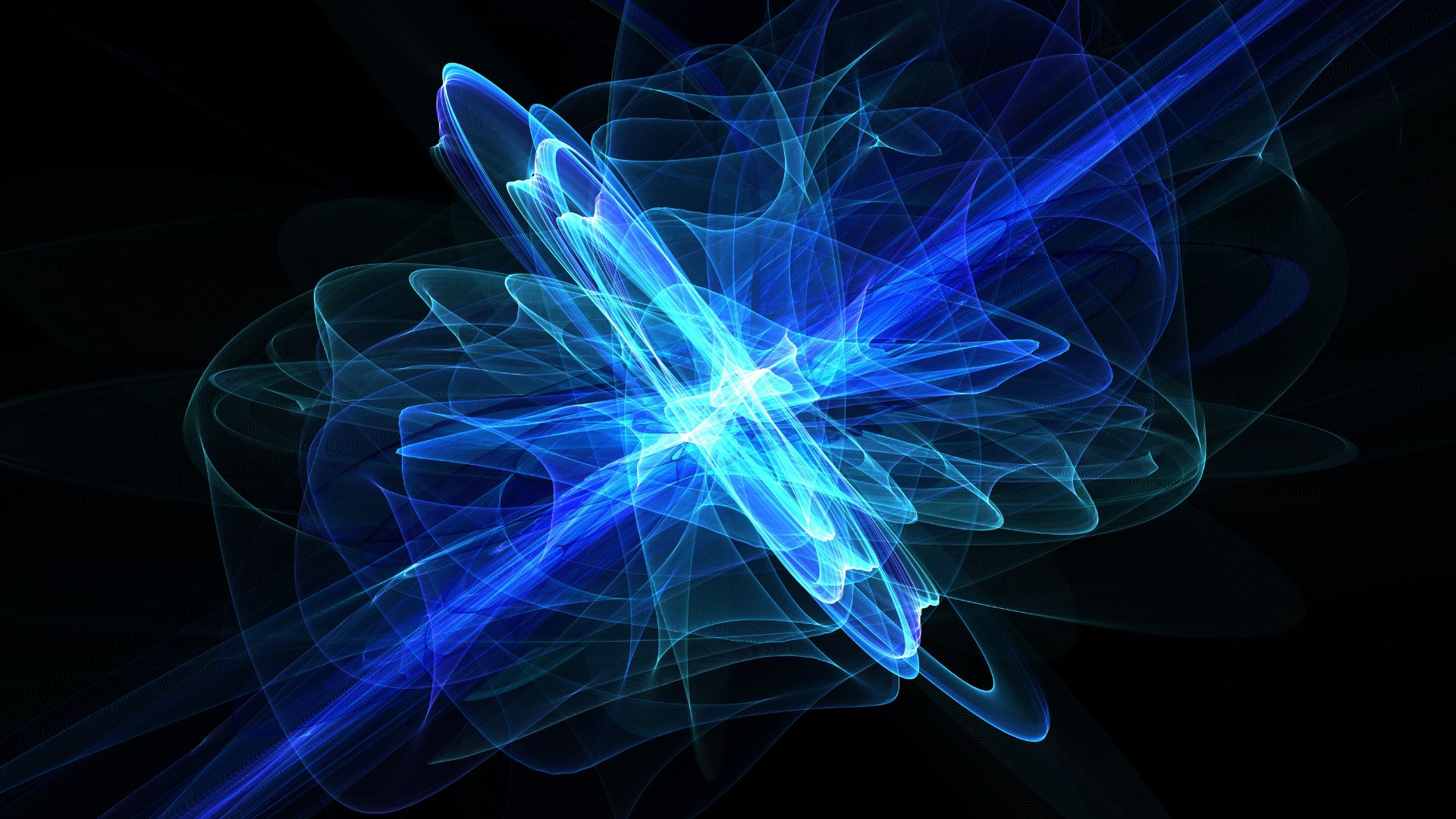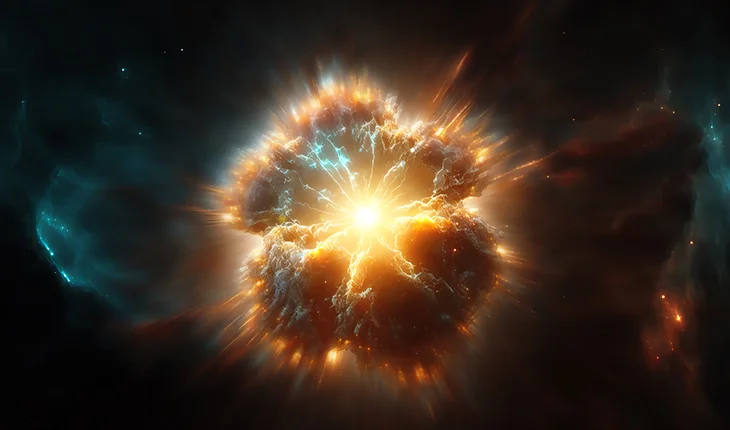Stars cluster are like amazing collections of stars that grab the attention of scientists and people who love looking at the stars. They’re spread all over space and help us learn a lot about how galaxies are born and change over time. Some clusters are like shiny groups of stars where new stars are born, while others are like old balls of stars that have been around for a really long time. Each cluster has its own story about how it formed and changed over time. Let’s explore these star groups together to learn more about how they’re made, what they’re made of, and how they help us understand the universe better.
What is a star cluster?
A star cluster is like a group of stars that stick together because of gravity. There are two main kinds: open clusters and globular clusters.
Open clusters are younger and have fewer stars, usually a few hundred or a few thousand. They’re often seen in the spiral arms of galaxies like our Milky Way. These clusters form from big clouds of gas and dust in space. Over time, the stars in open clusters move away from each other because of gravity and other forces.
Globular clusters are older and have more stars, sometimes hundreds of thousands or even millions. They’re found in the outer parts of galaxies, called the halo. Globular clusters are tightly packed together, forming round shapes. These clusters are really old, and they give us important clues about how galaxies first formed and how old the universe is.
Both types of clusters teach us a lot about how stars change over time, how galaxies move and grow, and the story of our universe.

famous stars cluster
In the huge space of the universe, some things catch the eyes of both scientists and people who love looking at the stars. One of these things is star clusters, grou
ps of stars held together by gravity. They tell stories about how stars grow and where they come from. Now, let’s explore some well-known star clusters that have fascinated people for a long time.
The Pleiades (M45):
The Pleiades, also called the Seven Sisters, is a famous group of stars that many people know. It’s found in the Taurus constellation. The cluster has bright, young blue stars surrounded by a faint blue mist of dust from space. You can see them easily without a telescope, and they’ve been seen for a long, long time.
The Hyades:
The Hyades cluster is another beautiful group of stars found near Earth, shining brightly in the Taurus constellation. Aldebaran, a big star in Taurus, makes the Hyades cluster even more interesting, even though it’s not part of the same group. Unlike the striking blue glow of the Pleiades, the Hyades cluster doesn’t have that, but it’s still fascinating. It lets us watch how stars in groups interact. Scientists learn a lot by studying this cluster, like how stars affect the space around them. The Hyades cluster is like a science lab in space, helping us understand how stars work together and change their cosmic surroundings.
The Beehive Cluster
The Beehive Cluster, also called Praesepe, is a bunch of stars in the Cancer constellation. People have seen it for a long time because it’s easy to spot, especially in dark places. With binoculars or a small telescope, you can see it better, showing lots of stars spread out like a busy hive. Astronomers learn a lot from studying the Beehive Cluster, like how stars are born and grow in a place packed with stars.
The Globular Cluster
Globular clusters, like Messier 13 in Hercules, are amazing groups of stars. They’re really packed together, with hundreds of thousands of stars all held tight by gravity. Amateur astronomers love looking at M13 because its center shines so bright. Scientists learn a lot from studying it.
The Jewel Box Cluster
we find the Jewel Box Cluster. This group of stars has lots of colors, from bright blue to deep red. People still love looking at it today because it’s so beautiful.
Every famous star cluster shows us something special about space. They help us understand how stars are born, live, and die. Whether they’re young open clusters or old globular ones, they make us curious about the universe.

A Focus on Red Star Clusters
Red star clusters are bunches of stars in space that look mostly red. They’re made up of older and cooler stars compared to other clusters. The red color comes from these stars being cooler and emitting more red light. Red star clusters can be of different sizes and shapes. They teach us a lot about how stars change over time and how galaxies form and change, too.
Related Contents
What is a red star cluster, and how is it commonly used?
A red star cluster is a bunch of stars in space that looks mostly red. These clusters usually have older and cooler stars than other groups of stars. The red color comes from their lower temperatures, which make them shine red light.
Astronomers often use red star clusters to learn about how stars change over time and how galaxies form and change. By studying the stars in these clusters, scientists can understand more about how stars are born, live, and die.
Also, red star clusters give hints about how galaxies form and change. By looking at where these clusters are and what they’re like in galaxies, astronomers can figure out more about how galaxies have changed over time.
In short, red star clusters are important tools for astronomers to learn more about how the universe works and how stars and galaxies change over time.




Magnificent beat I would like to apprentice while you amend your site how can i subscribe for a blog web site The account helped me a acceptable deal I had been a little bit acquainted of this your broadcast offered bright clear idea.
I have been surfing online more than 3 hours today yet I never found any interesting article like yours It is pretty worth enough for me In my opinion if all web owners and bloggers made good content as you did the web will be much more useful than ever before.